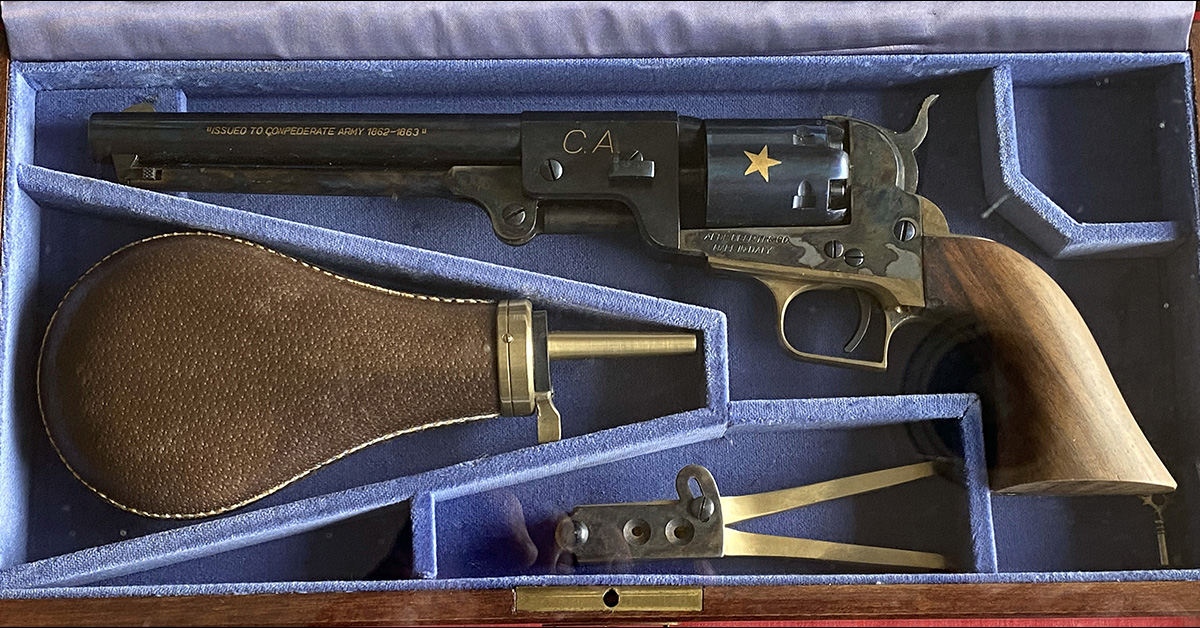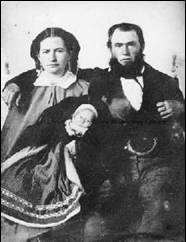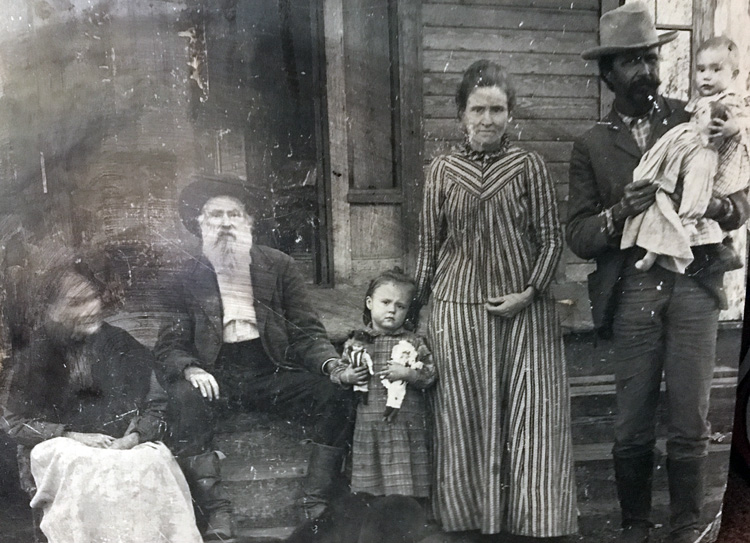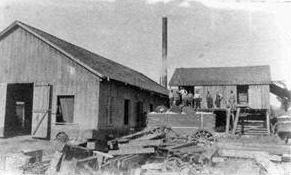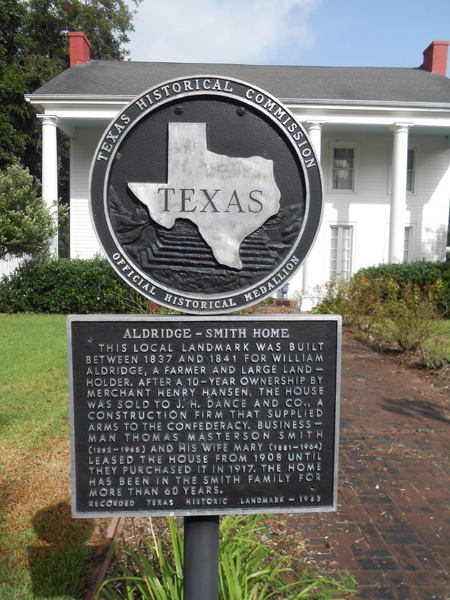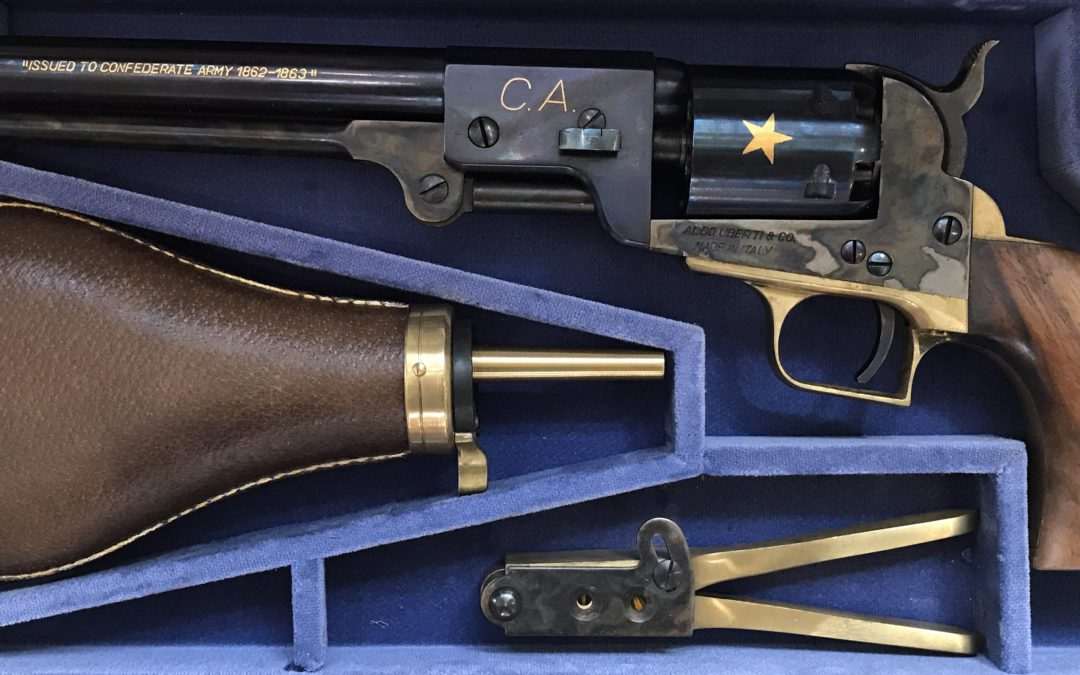![]()
By Tracy Gupton
Greene County, Alabama, had been home for most of the Dance family members who would eventually make a name for themselves in Brazoria County history. First cousins James Henry Dance and James Watkins Dance came to Texas on horseback in 1848 from Eutaw, Alabama.
Long before the Dance brothers—sons of John Henry and Delilah Watkins Dance—began manufacturing pistols and rifles for the Confederate Army at their East Columbia factory during the Civil War, they busied themselves as carpenters building sugar mills and several of the most prestigious old homes in the East Columbia and West Columbia area in the 19th century.
The Dance cousins, the two James Dances, made several trips back home to Alabama attempting to persuade their other family members to follow them back to their chosen promised land in Texas. The 1850 census proves they had marginal success, as 32-year-old Harrison Perry Dance, 25-year-old James Watkins Dance, and cousins John Spencer Dance and James Henry Dance, both 27 at the time, are all listed as carpenters living in Brazoria County.
By the latter part of November 1850, several males of the Dance family were residing with John Sweeny west of Columbia while preparing their own future home on property they purchased while living with the man the neighboring town of Sweeny is named for. In February 1852, Spencer and James Watkins Dance bought 426 acres out of the Daniel McNeel league a dozen miles west of Columbia on the west side of the San Bernard River from William and Harriet Crenshaw. In 1853, most of the extended Dance family, still living in Alabama, made the move to Texas to join those at “Cedar Brake.”
By 1854, James Henry Dance and George Perry Dance started producing portable, horse-powered mills that they sold to planters in Brazoria and neighboring counties. James Watkins Dance married Temperance Cook in 1857, and the following year purchased a 900-acre sugar plantation east of the San Bernard about 6 miles west of Columbia, then traded producing sugar for cotton.
In 1858, the Aldrich-Hansen home in East Columbia was purchased by the Dance brothers — James Henry, George Perry and David Etheldred —along with several lots across Main Street near the bank of the Brazos River. Their machine shop was constructed near the river bank and several members of the Dance family moved into the large home across the street that still stands today where a state historical marker adorns the front of the impressive, classical, revival-style structure.
The Dance brothers added a second story and a double-gallery porch on the front of the mansion that was originally built between 1837 and 1841 for William Aldridge, a farmer and large landholder. Aldridge sold the house to Bell’s Landing merchant Henry Hansen. Columbia Historical Museum board members Flem and Sheryl Rogers are the present owners.
Originally producing grist mills, cotton gins and other useful farm implements in their East Columbia machine shop, the Dance brothers switched to manufacturing pistols, rifles, cannon balls, bayonets, swords and sabers once the Civil War broke out in 1861. All the Dance brothers volunteered for the Confederate Army, with James Henry Dance serving as a first lieutenant with the 35th Texas Cavalry, but they were considered more valuable producing firearms and were sent back to East Columbia.
Between 300 and 400 Dance pistols were made during the Civil War and remain collector’s items today. A replica of a Dance pistol—they were manufactured Colt-pattern revolvers made in both .44 and .36 caliber varieties—is on display at the Columbia Historical Museum and several descendants of the Dance brothers still residing in West Columbia today have them as well.
Soldiers said the Dance guns were superior to Colt pistols. The Dance revolver was flat-framed of iron with a brass trigger-guard and back strap with walnut grips. Production of Dance revolvers in East Columbia came to an end in December 1863 when Federal forces gained control of Matagorda Island. Fearing Union troops could occupy East Columbia, the brothers relocated to Grimes County. Their munitions factory north of Anderson continued producing the Dance revolvers until 1865 when the War Between the States ended.
After the war, the Dance brothers returned to East Columbia and to producing gristmills and furniture. The powerful 1900 hurricane destroyed the family business nearly four years after James Henry Dance died.
